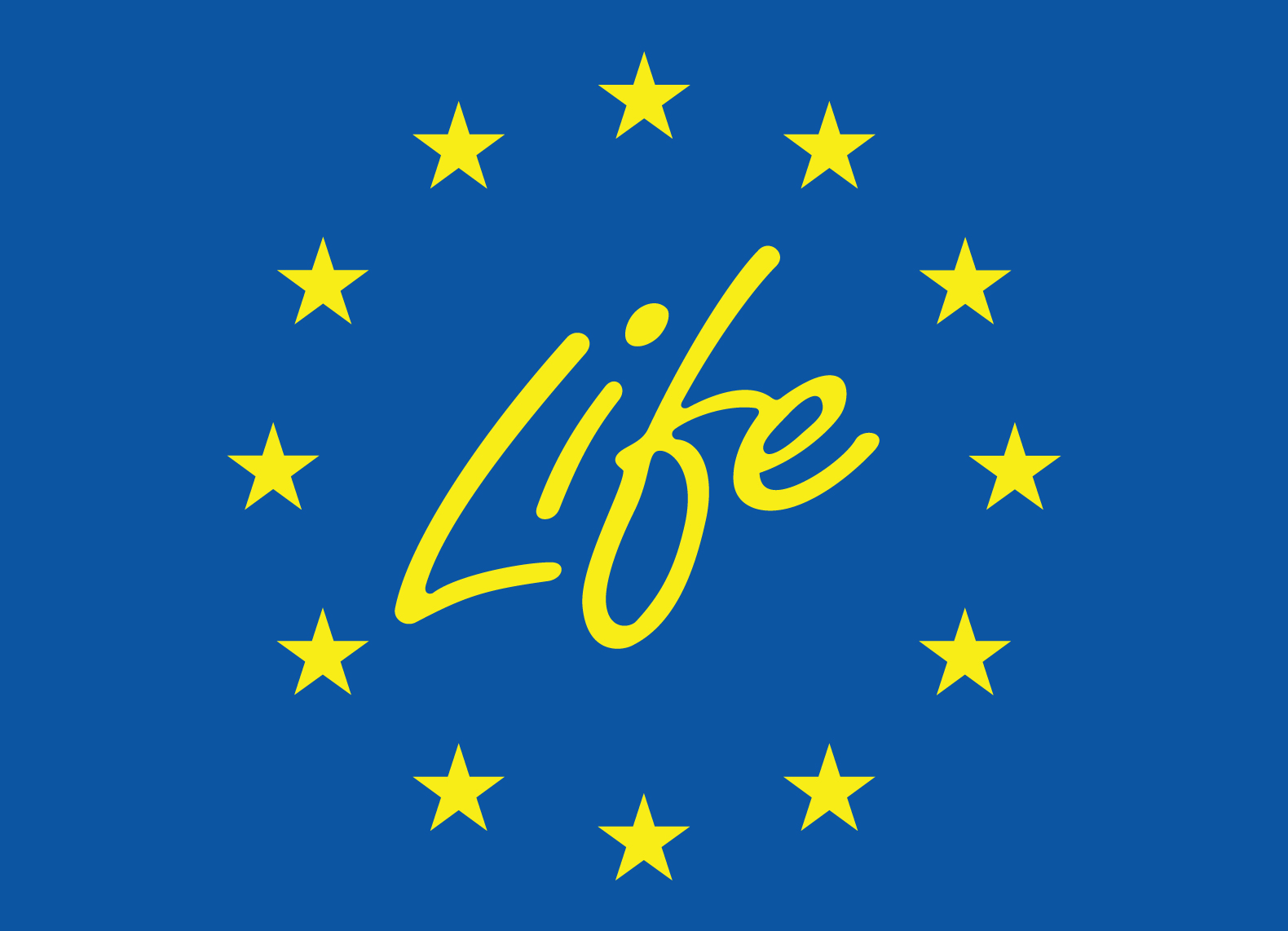Detection Cibus’ GM-canola: An update
A regulation is only worth so much as it can be enforced. This is why on 7 September 2020, an open source detection test was announced for the first gene-edited crop on the market, SU Canola, a gene-edited rapeseed developed by US company Cibus. The test was published in the peer-reviewed scientific journal, Foods. The work was funded by a consortium of NGOs (including Greenpeace) and non-GM industry food companies. After the test has been released for a couple of months, its time now for an update.
Update on the test: What is the significance and why is there a controversy?
SU Canola is a rapeseed engineered with oligonucleotide-directed mutagenesis (ODM), a gene editing technique, to withstand spraying with certain herbicides. Products of gene editing fall within the scope of EU GMO law, according to a European Court of Justice ruling of 2018. Gene-editing refers to a technique that allows to add, delete or change single base-pairs in the genetic code of plants and animals.
If applied, the test would allow national authorities, who are tasked enforcing EU GMO law, to test imports for this GM rapeseed that is grown in the US and Canada and has no EU authorization. This would be a big step forward in ensuring that organic as well as non-organic products do not contain any products that should not be in there.
The controversies: Nothing new & not even detecting a GM-organism?
The test stirred up some controversy because of two aspects. First, some seed sector representatives advocating on behalf of the producer of the rapeseed, Cibus, claimed the test does not contribute anything new to the current state of knowledge because it cannot detect the technique with which the crop was engineered. This statement is misleading, as the detection method is the first of its kind allowing national authorities to detect a crop in which genetic engineering was applied to make small changes that have big impacts. In this case, one base-pair was changed to achieve resistance against a spraying with certain herbicides. Besides, the EU legislation does not require a detection method to specifically allow the identification of the genetic engineering method used to produce the GMO, but rather the organism itself.
Secondly, the developer company, Cibus, claims that the rapeseed was not gene-edited, unlike previously stated. This came as a surprise, since the crop was listed as a GMO in the EU GMO database run by German regulator BVL and Wageningen University, and in the Clearinghouse of the UN Convention on Biological Diversity. So, while the rapeseed was advertised as the first commercial seed product using a gene-edited tool, it is now claimed to be a spontaneous mutation that occurred randomly.
Event on ‘detecting gene-edited plants in the EU food chain’
On 10 December, Eric Gall, Deputy Director of IFOAM Organics Europe, spoke at the event ‘Find me if you can – Detecting gene-edited plants in the EU food chain’, hosted by MEPs Eleonora Evi, Martin Hausling, Anja Hazekamp, Tilly Metz, Sirpa Pietikainen, Gunther Sidl. He highlighted the necessity of sound detection methods like the one presented to maintain transparency in the organic and non-organic chain of food production. In a discussion with the developer of the detection method, a representative of the European Commission’s Joint Research Centre (JRC) and a representative of the German Association Food without Genetic Engineering (VLOG), panellists concluded that the detection method is indeed capable of detecting the Cibus rapeseed. They also agreed that more ambitious initiatives are necessary to detect other products from gene editing that are unauthorized in the EU and that might enter the EU via imports.
In conclusion: Detecting gene-edited crops is possible & EU GMO law is enforceable for new techniques of genetic modification
Apart from the fact that these controversies shine a new light on the claims of the developer company Cibus, what can we conclude? The revealed detection method has shown that it is possible to detect gene-edited crops in principle and that the current EU GMO law can be enforced also for products from these new types of genetic engineering. This allows the EU to make sure that no unauthorized foods are entering the EU market and to protect our high standards on food safety. Even if the rapeseed were actually a random by-product of the genetic engineering process that was not intended, this conclusion still applies.
The organic movement and sector will continue providing constructive input in the debate around New Genomic Techniques on which the EU Commission will present a study in Spring 2021.
Further reading
- Letter to Commissioner Kyriakides on open-source detection test for first commercialized gene-edited plant ready for integration in routine EU GMO controls
- The organic movement’s position on new genetic engineering techniques
- Our work & publications on GMOs


The work of IFOAM Organics Europe on this topic is co-financed by the LIFE programme of the European Union, under the Executive Agency for Small and Medium-sized Enterprises (EASME). This page only reflects the views of the authors and its sole responsibility lies with IFOAM Organics Europe. The EASME is not responsible for any use that may be made of the information provided.

